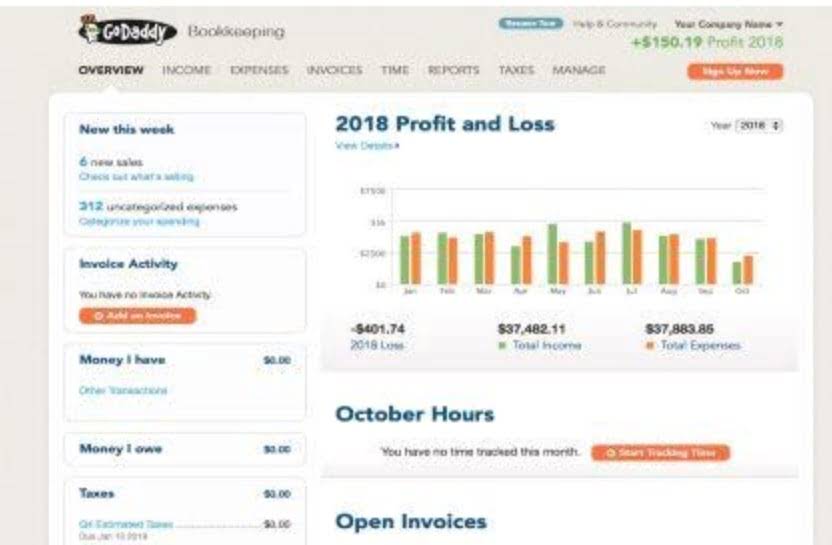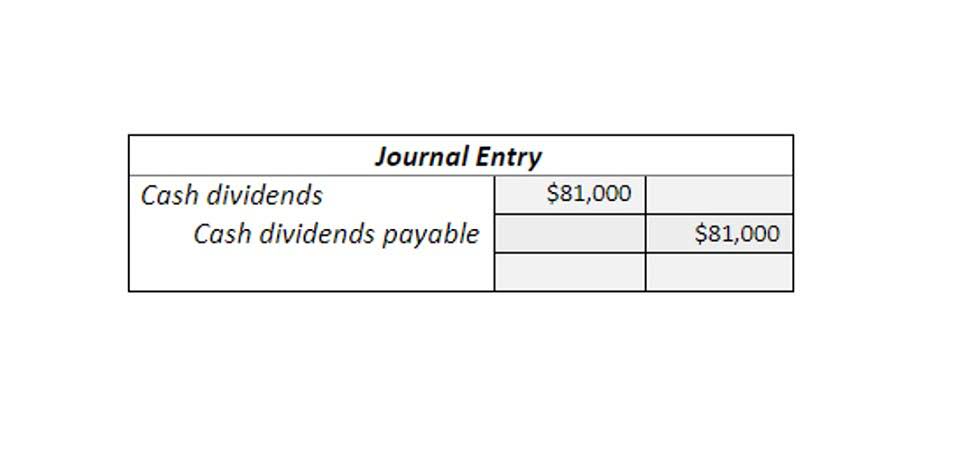
This means companies will have a higher breakeven price on production per unit. Furthermore, it means that companies will likely show a lower gross profit margin. Moreover, variable costing results in a single lump-sum spending line item for fixed overhead expenditures for calculating net income on the income statement. In the context of absorption costing, the absorption of overhead means that all forms of overhead (both fixed and variable) are included in the final product cost. This method of full absorption costing becomes very important is there is the need to follow the accounting principles for external reporting purposes. This not only helps the management in evaluation of the financial condition of the business but also estimate the cost and plan production accordingly.

Why Use the Absorption Costing Method?
- Choose a solution like NetSuite that accommodates both, giving you the best of both worlds.
- Absorption costing includes a company’s fixed costs of operation, such as salaries, facility rental, and utility bills.
- What’s more, for external reporting purposes, it may be required because it’s the only method that complies with GAAP.
- To complete periodic assignments of absorption costs to produced goods, a company must assign manufacturing costs and calculate their usage.
- Having a more complete picture of cost per unit for a product line can help company management evaluate profitability and determine prices for products.
These are considerations cost accountants must closely manage when using absorption costing. The accuracy of product costs under this technique is contingent on the proper allocation of overhead costs. Furthermore, certain overhead expenses get apportioned based on arbitrary criteria.

Absorption Costing example plus formula

Next, we can use the product cost per unit to create the absorption income statement. We will use the UNITS SOLD on the income statement (and not units produced) to determine sales, cost of goods sold and any other variable period costs. Variable costs can be more valuable for short-term decision-making, giving a guide to operating profit if there’s a bump-up in production to meet holiday demand, for example. Indirect costs are those costs that cannot be directly traced to a specific product or service. These costs are also known as overhead expenses and include things like utilities, rent, and insurance. Indirect costs are typically allocated to products or services based on some measure of activity, such as the number of units produced or the number of direct labor hours required to produce the product.
The Strategic Advantages of Absorption Costing: Comprehensive Financial Reporting and Profit Maximization
- Maybe calculating the Production Overhead Cost is the most difficult part of the absorption costing method.
- This is because variable costing will only include the extra costs of producing the next incremental unit of a product.
- Meeting the customers’ demands quickly and efficiently will keep them happy and coming back for more.
- Given the all-encompassing nature of absorption costing, this often leads to a higher per-unit Cost of Goods Sold (COGS) compared to other costing methodologies.
- These are considerations cost accountants must closely manage when using absorption costing.
- These are individuals whose efforts can be directly attributed to a specific product’s manufacturing.
- This can lead to decisions that may be outside the business’s best interest, such as discontinuing a product that appears unprofitable but covers fixed costs.
The cost calculation is systematically assigned to the product because there are not batches or LOTS. Absorption Costing can provide a complete picture of the financial cost calculation. Overhead Absorption is achieved by means of a predetermined overhead abortion rate. Once you complete the allocation of these costs, you will know where to put these costs in the Income Statements.
Absorption costing is viewed as the cornerstone of cost accounting in manufacturing businesses and plays a pivotal role in financial decision-making and performance evaluation. This article will discuss not only the definition of absorption costing, but we will also discuss the formula, calculation, example, advantages, and disadvantages. For example, all machinery-related expenses, such as maintenance and depreciation, might be grouped into a single cost pool.
The Impact of Absorption Costing on Financial Statements and Decision-Making
Firms that use absorption costing choose to allocate all costs to production. The term “absorption costing” means that the company’s products absorb all the company’s costs. Calculating absorbed costs is part of a broader accounting approach called absorption costing, also referred to as full costing or the absorption costing full absorption method. This includes the cost of all materials that are directly used in the manufacturing process. These materials can be easily traced to a specific product, such as raw materials and components. It uses Absorption Costing to assign these costs to the cakes and pastries it produces.
Contrasting Absorption Costing and Variable Costing: A Comparative Analysis on Inventory Valuation

Absorption Costing collects data, including fixed overhead, to determine a product’s cost. This may lead to exaggerating the actual manufacturing cost and requiring more data for an exhaustive study. Absorption Costing is an advantage for companies with constant product demand. It lays out a simple and systematic costing tool for active businesses while considering fluctuating turnover, as costs are already fixed for the products. Have you ever wondered about the intricate process by which businesses ascertain the actual cost of a product?

Stages in GOP in Make-In-Order Production
- These integral costs are reflected in the inventory value reported on the balance sheet.
- It is very important to understand the concept of the AC formula because it helps a company determine the contribution margin of a product, which eventually helps in the break-even analysis.
- The cost of each direct material is $10 and the direct labor cost is $20 per hour.
- Have you ever wondered about the intricate process by which businesses ascertain the actual cost of a product?
- General or common overhead costs like rent, heating, electricity are incurred as a whole item by the company are called Fixed Manufacturing Overhead.
- The absorption cost per unit is $7 ($5 labor and materials + $2 fixed overhead costs).
- Fixed overhead encompasses costs that remain constant regardless of production volume, such as factory rent, mortgage payments, insurance, and depreciation on manufacturing equipment.
